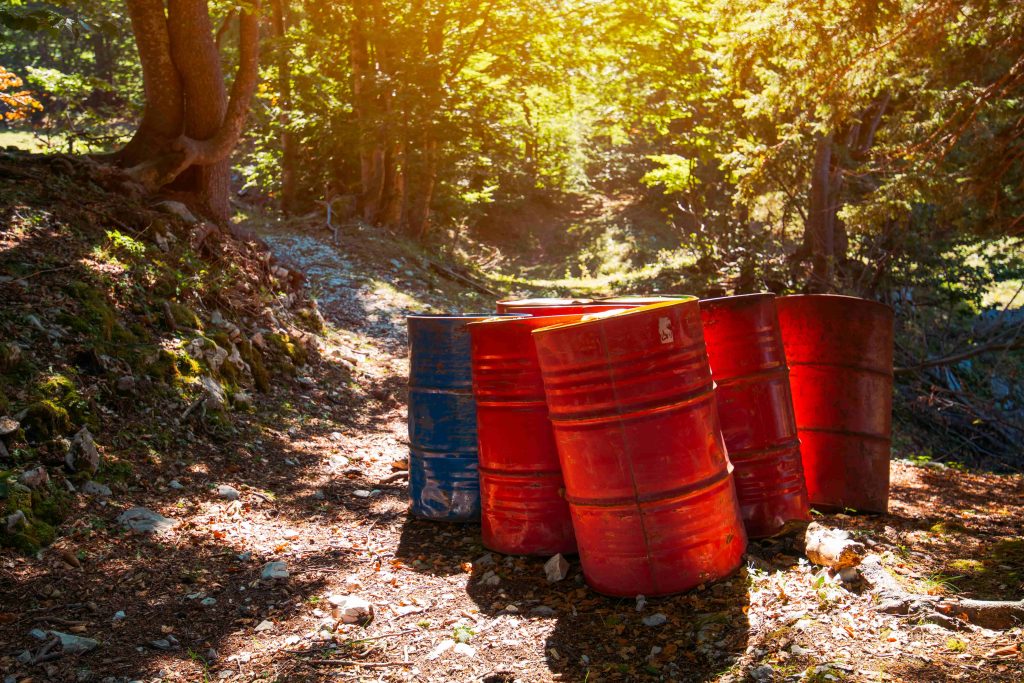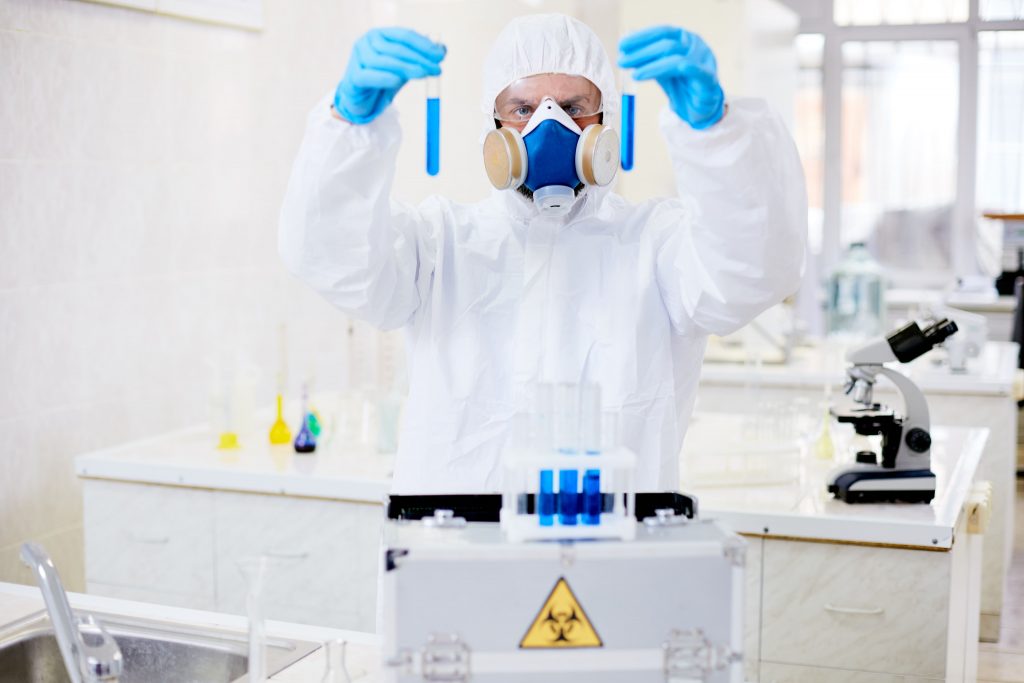Waste & material traceability solution for sustainable facilities

Did you know that scientists have not yet been able to determine the extent of the long-term effects of hazardous waste exposure on the human body? The unknown is always the scariest, but the escalation of fear has not yet turned into a decline in action. What will be the reflection of hazardous wastes for human health and the future of the environment?
What is considered hazardous waste? Waste that can be regarded as hazardous is waste with a chemical composition or other properties that make it capable of causing illness, death, or some other harm to humans and other life forms when mismanaged or released into the environment. It can be in the form of solid waste or a combination of solid waste depending on the quantity, concentration, or physical, chemical, or infectious characteristics. The disposal process starts with the identification step.
When improperly treated, stored, transported, or disposed of, or otherwise managed, it poses a severe and immeasurable threat to the environment. Hazardous waste disposal is a delicate yet crucial process.
Humans have always been exposed to hazardous substances from the beginning of time due to natural disasters such as inhaling noxious volcanic gases or succumbing to carbon monoxide from inadequately vented fires. However, with the increasing growth of industrial activities, unsafe disposal has started to increase proportionally. The hazardous waste produced as a result of industrial activities includes any materials rendered useless during the manufacturing processes, such as that of food and chemical industries, mills, mining operations, and factories. Nowadays, the worst environmental impact is made on the Oceans. The most toxic waste material dumped into the ocean includes dredged material, industrial waste, sewage sludge, and radioactive waste. Dredging contributes about 80% of all waste dumped into the ocean, adding up to several million tons of material left each year.

Either produced by industrial activities or in the form of household hazardous waste, any chemicals can cause severe health impairment or even death if taken by humans in sufficiently large amounts. On the other hand, there are those chemicals of primary concern that can cause adverse health impacts even in small doses.
Here are some of the severe health effects that might occur to the populations exposed to hazardous chemicals
After all this harmful information overload, some significant improvements have been made over the years with increased awareness. If we’ve learned anything by now, it’s that reducing hazardous waste production overall is a far better practice than trying to dispose of it properly. Yes, the importance of proper hazardous waste handling can not be stressed and lengthen enough. But reducing the amount of waste or, better yet, getting rid of it might be the idealized solution. We hope for the better, and as seen from here, it’s likely that a focus on sustainability and eco-friendly practices will no longer be trendy; it will be the norm.

Every change starts from the smallest unit, which is the individual. But for a bigger and better permanent shift in impact, shareholders in waste management and municipalities need to upgrade their systems with High Technology solutions. In order to properly manage and take action against hazardous waste or any type of waste, we need first to digitize waste management. As Evreka, we aim to reshape the waste management business by delivering end-to-end solutions and cutting-edge products and guaranteeing operational excellence.